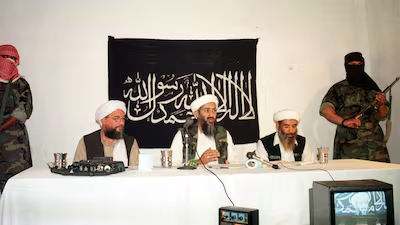
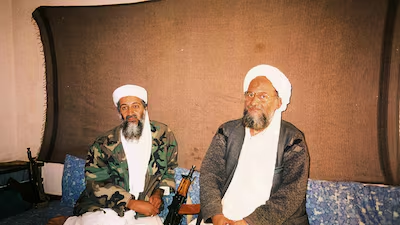
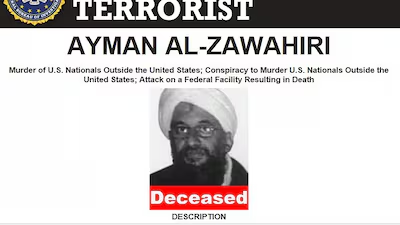
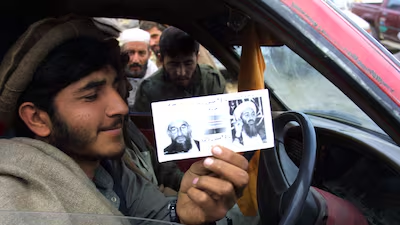
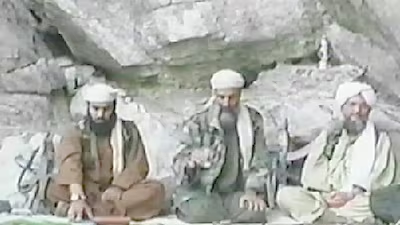
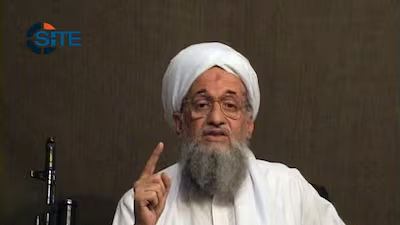
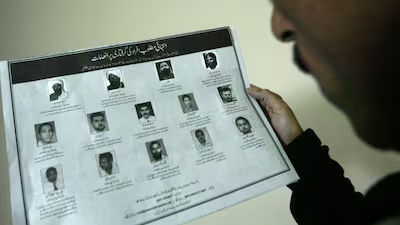








Inside the operation to kill Al Qaeda leader Ayman Al Zawahiri
From tracking him down to firing a knife-throwing missile that killed the successor to Osama bin Laden, the full story of how the US killed Ayman Al Zawahiri
The National
August 02, 2022















August 02, 2022